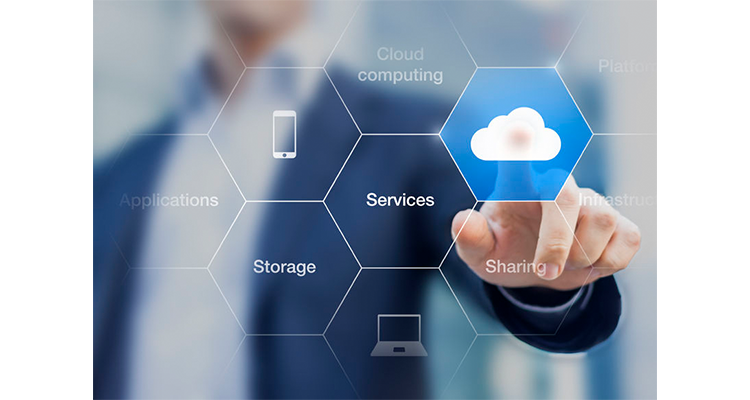The Challenges of Selling Services

I always anxiously await the arrival of my copy of the Harvard Business Review. While I realize that may sound a bit nerdy, I think it is an amazing resource for anyone who thinks about leadership, management and business operations. In the March/April edition, there is a story called “How to Shift from Selling Products to Selling Services.” It is a great piece that can easily apply to the AV industry.
The author discusses three significant areas in which a company needs to change to sell services successfully. The author outlines the first area to rethink your customer segmentation, specifically rethinking how the sales force and sales resources are allocated. In the AV world, the most typical allocation of sales force is by region. Some integration companies had focused on salespeople, specifically on products (say videoconferencing or video capture). However, if you think about selling services, you will start to focus less energy on the actual product, or even region, and think perhaps of segments of the industry and what type of services they would purchase from you.
Higher ed, for example, has a lot of in-house integrators. They may not need your installation services, but how about video recording along with cloud storage, organization and retrieval of those recordings? Corporate locations, on the other hand, may not have in-house AV staff at all. Perhaps the services they need will revolve around maintenance, monitoring and support. Houses of worship — especially during and after COVID — are becoming strong users of streaming video. By dividing your resources into these specific areas of the services you provide, you can offer the best expertise and more targeted services to your customer.
The second major change — and this is a challenging one — is to restructure your sales organization. The author refers to “customer success” when selling services. Let’s think of AVaaS when we consider this change. If you want to sell AVaaS, the biggest key to being successful is that your customer uses the installation you have provided. So, not only do you need to sell them a product that is fitted to their needs, you need to collect and present data that shows they are using it to the full potential.
Additionally, you need to stay in constant touch with the customer. When selling AVaaS (or any service offering), it is not “set it and forget it.” You need to be constantly in touch with your customer, hear where the service is working, where it is lacking and where the other pain points are emerging. It is only through this profound relationship that your customer will see the value in an ongoing payment. This also ties into the changing of customer segmentation. If you have a salesperson who simply sells the same service to anyone in the region, they do not understand what brings a customer value in providing that service. Instead, they are just selling virtual “boxes.”
Finally, the biggest and most challenging change for any organization — but especially excruciating for large sales organizations — is the compensation, hiring and training of employees. Selling a service is uniquely different than selling a specific product or installation. You are not asking someone to lay out a one-time capital expense. Rather, you are asking them to form a long-term relationship with you (yes, you, even more than your company) and send you monthly checks. Each time they write this check, they ask themselves if it is worth it. Sales teams are well trained in commissions from a sale.
Once they have that commission, they need to move on and start working on the next. While they may stay in touch with past customers, they are rewarded (by compensation) to move on to the next big project. Additionally, salespeople may feel like their compensation will decrease when moving into selling services. Rather than making that large commission on a sale, they are now getting what seems to be a smaller commission every month. It takes time, effort and financial commitment from a firm to show the sales team that this is a sustainable income model for them. It may mean promising them a higher than normal base salary as they build this new continuing income. Also, the sales team will need lots of training on how to sell services. I have seen sales training where the salespeople are taught to convince people why they need a product. That works when you are selling a box, making a commission from it and then moving on to the next place to sell a box. But when you are developing the relationships needed for selling services, you need to present a service that brings value. This means deeply understanding your customer and not trying to convince them they need a specific product. It means listening to what they tell you and maybe even surprising them with a service they never thought was possible. This matters so much because if you sell the customer a service they don’t need and they cancel it three months later, the salespeople and the company don’t make any money. If you do not compensate and train your staff well for this type of sales, they will fall back into the role they are very comfortable with.
This entire change of mindset is tough for companies to switch to and the sales force to buy into. It truly is an entirely different model of selling. In the HBR article, the author discusses how companies like Microsoft and Netflix had to make this challenging change but have set themselves on a very successful path by doing so. I would love to hear from integration companies and even manufacturers. Have you been able to make this change? Was it successful? What struggles do you still have? What were your most significant successes?


